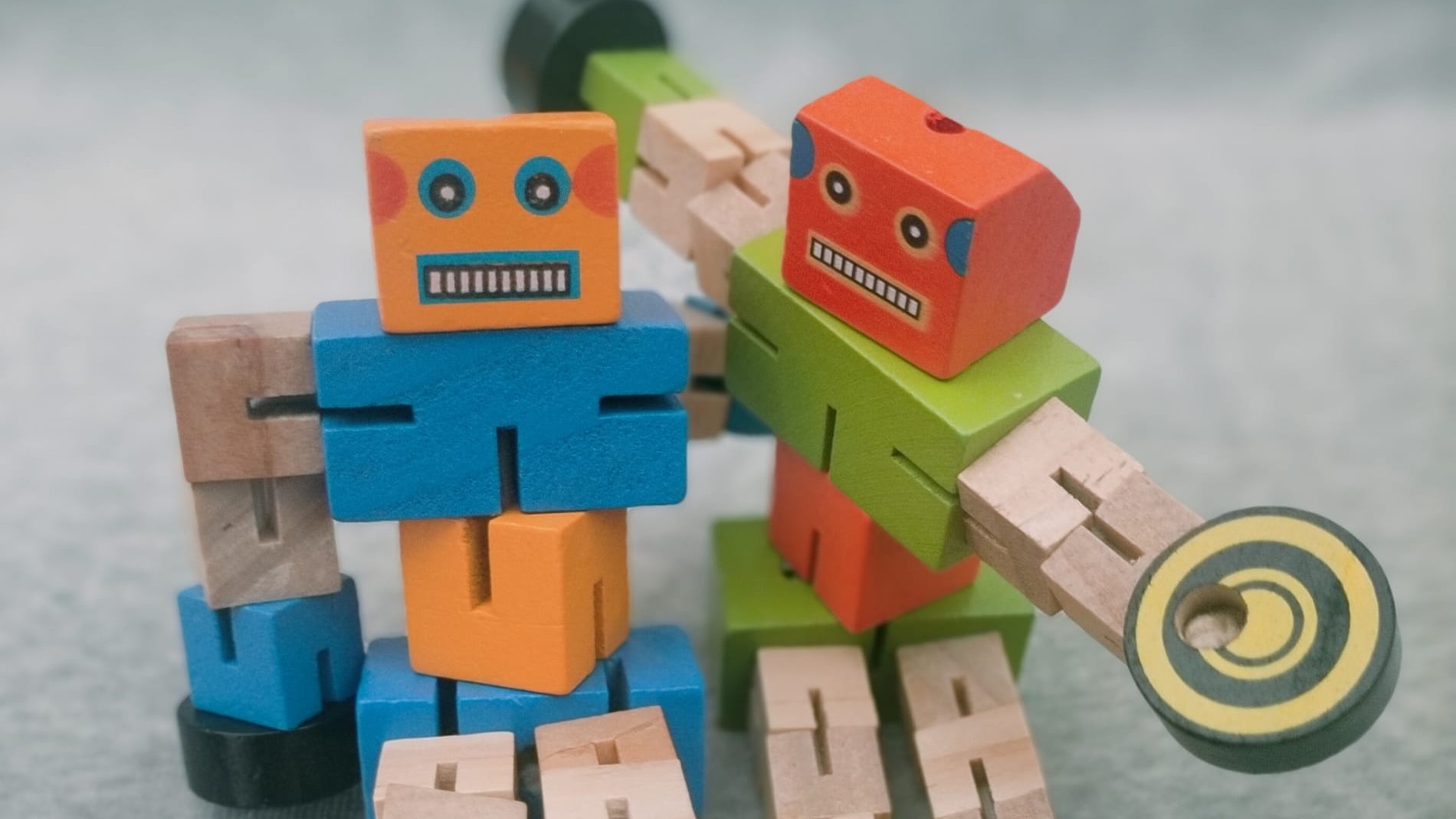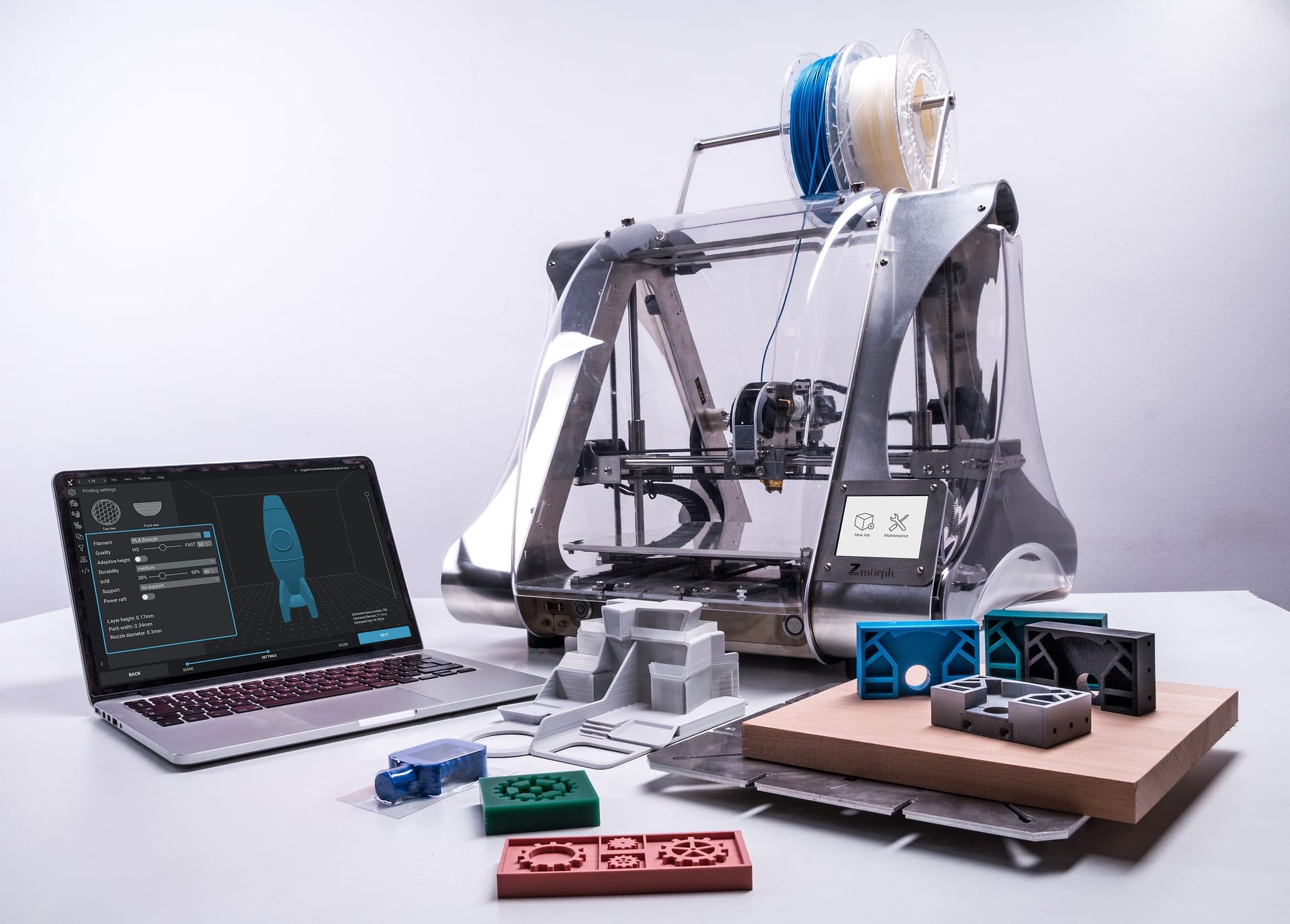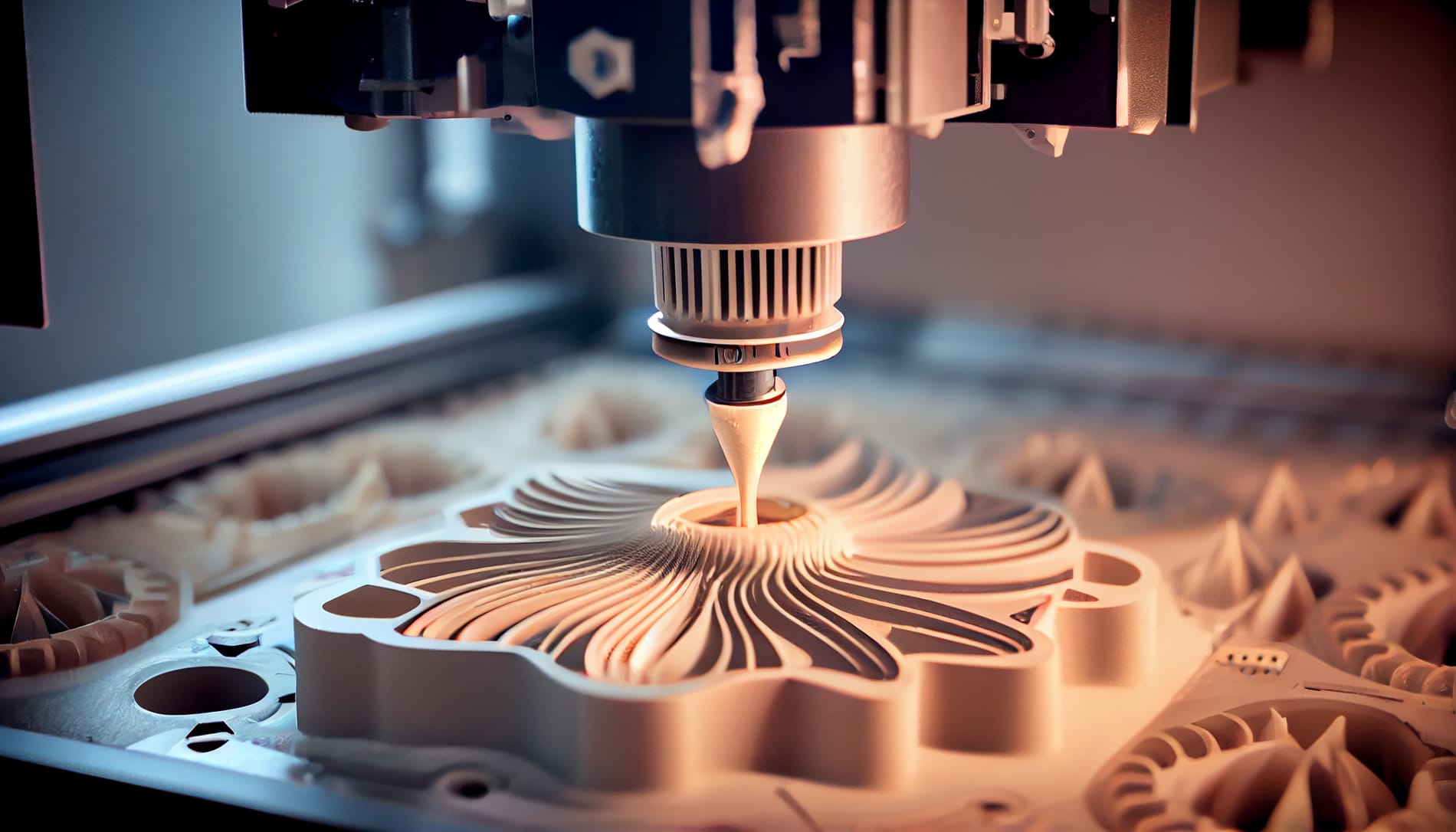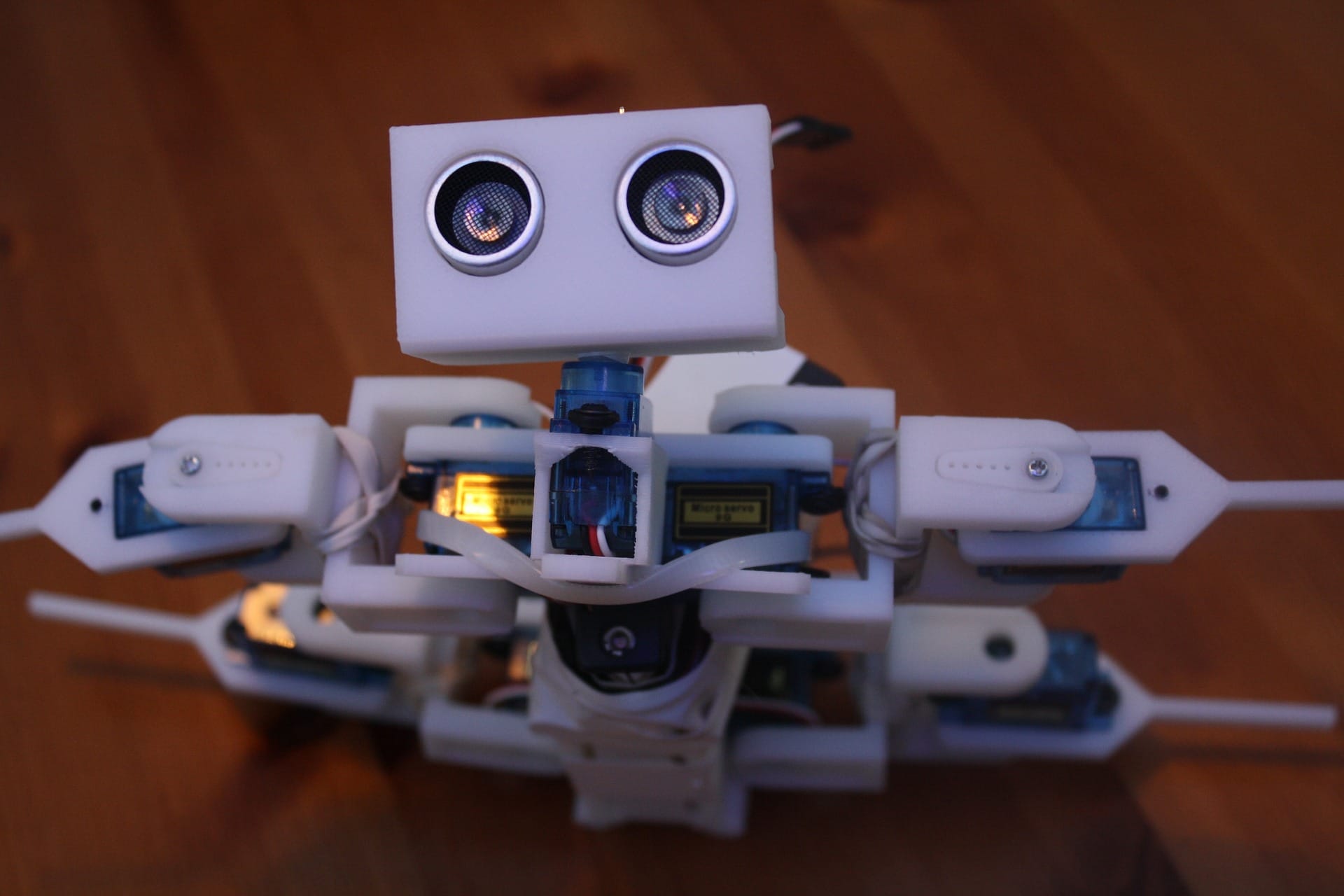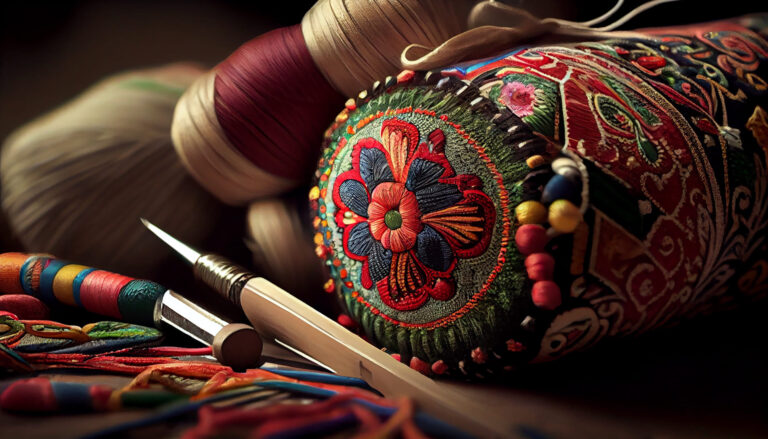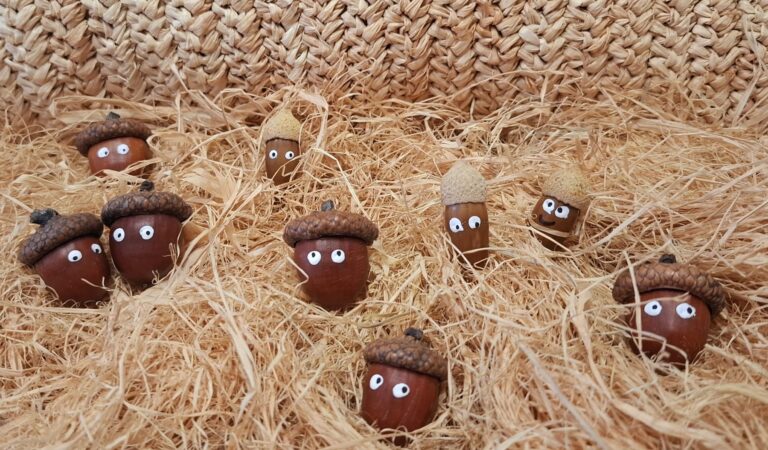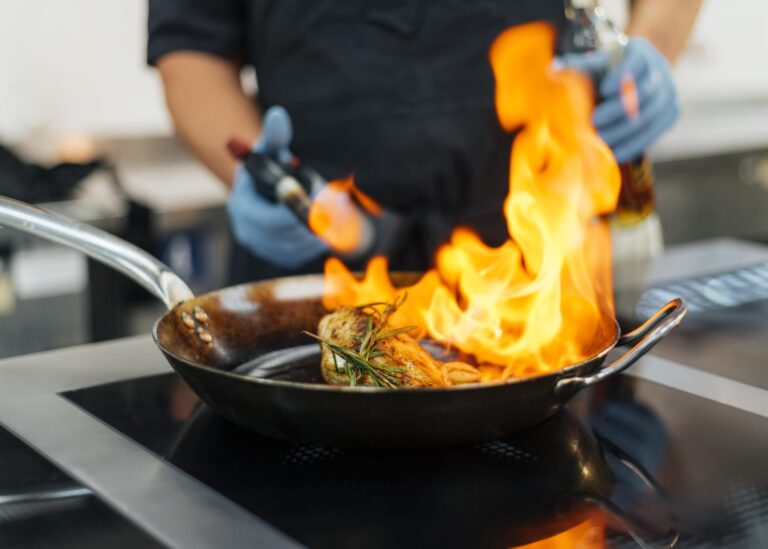robotics and crafts
The integration of crafts and robotics is a fascinating field that explores the convergence between the traditional and the modern, the manual and the automated. Let's examine how these two seemingly opposing disciplines complement each other to create new forms of artistic expression and functionality.
Tradition and Manual Skill Vs. Innovation and Precision
Craftsmanship is an ancient practice that involves creating objects by hand, using techniques and skills passed down from generation to generation. Artisans work with a variety of materials such as wood, metal, glass, ceramics, and textiles, and their work is characterized by attention to detail, customization, and cultural value.
Each handcrafted piece is unique, reflecting the creativity and mastery of the artisan. These works not only have aesthetic value but also have cultural and emotional significance. In a world dominated by mass production, craftsmanship represents a haven of authenticity and human connection.
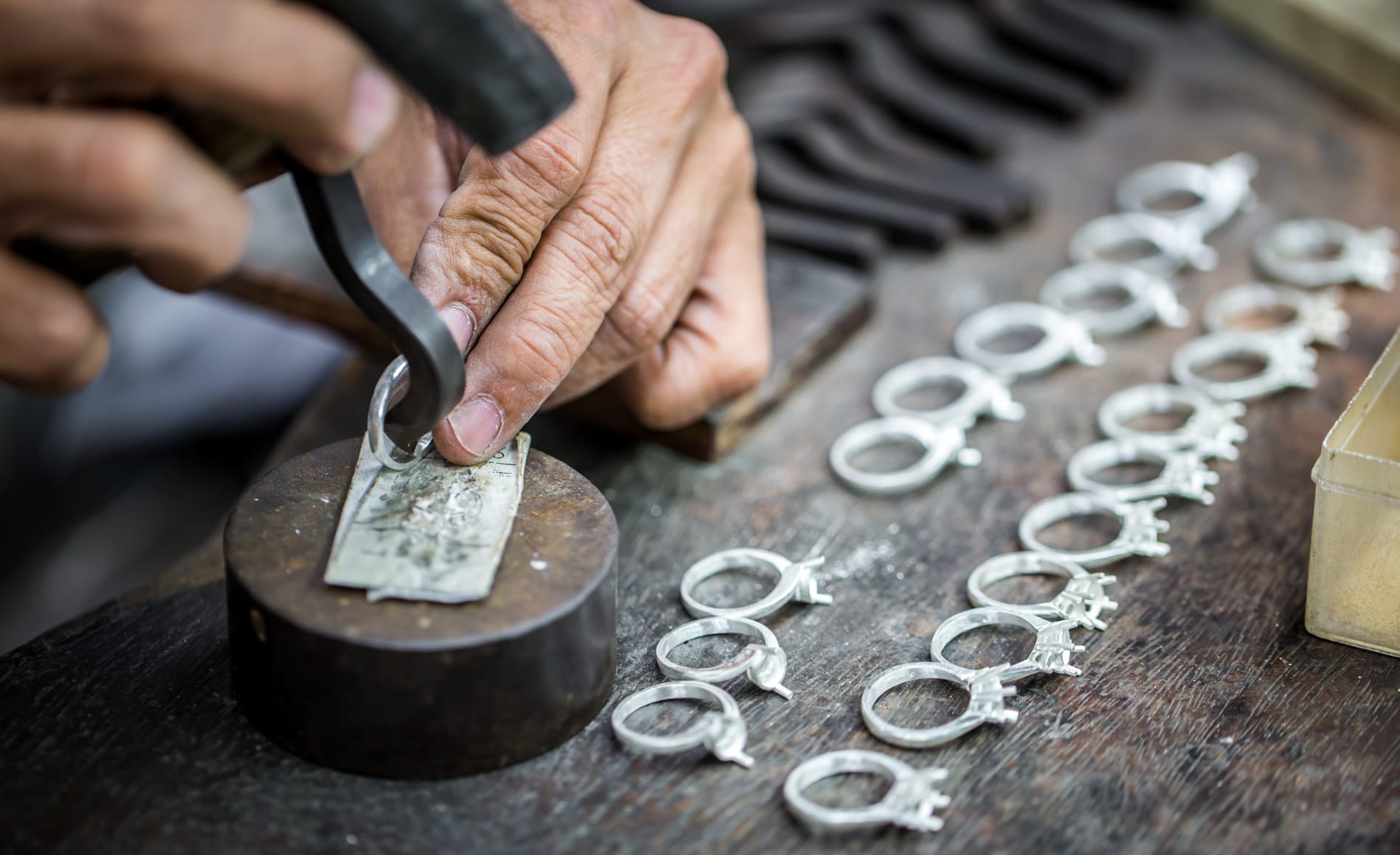
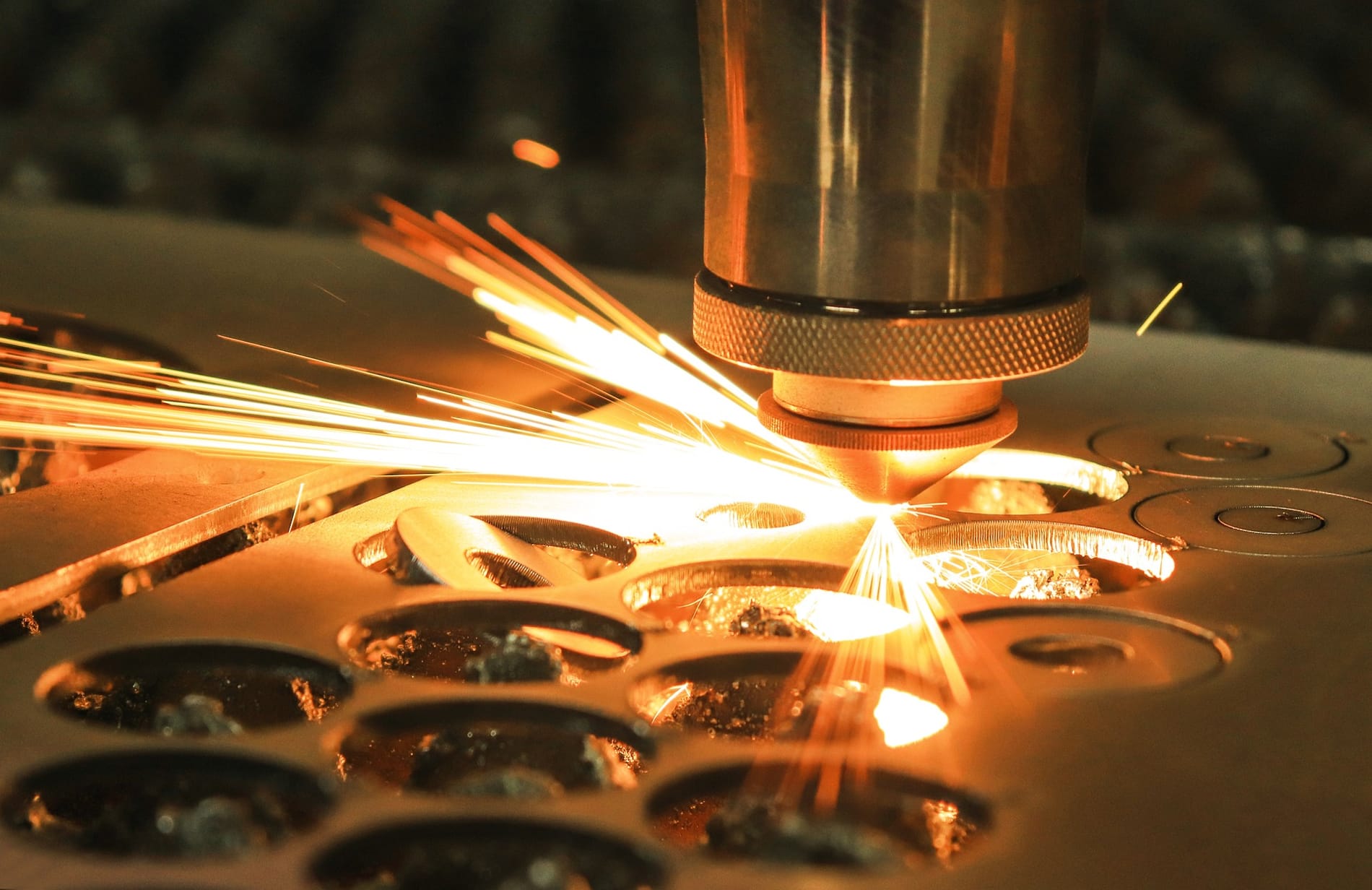
Robotics, on the other hand, is a modern discipline that combines engineering, computing, and electronics to create machines capable of performing tasks autonomously or semi-autonomously. Robots can execute actions with precision and repeatability that exceeds human ability, making them ideal for industrial, medical, and exploration tasks.
Robotics has advanced significantly in recent decades, with the development of technologies such as artificial intelligence and 3D printing, which have expanded the capabilities and applications of robots. These machines not only perform repetitive tasks but can also learn and adapt, fulfilling increasingly complex roles in various fields.
The Convergence of Crafts and Robotics
The interaction between crafts and robotics may seem counterintuitive, but it is precisely this combination that is driving surprising innovations. Artisans are using robotic tools to expand the possibilities of their work, while robotics engineers are inspired by the creativity and flexibility of artisanal processes.
One of the most notable examples is the use of 3D printers and laser cutters in craft workshops. These tools allow artisans to design and create complex components with millimeter precision, something that would be extremely difficult to achieve by hand. Additionally, CNC (computer numerical control) machines allow materials to be carved and sculpted with an incredible level of detail.
On the other hand, the principles of craftsmanship are influencing the design of more adaptable and creative robots. Researchers are developing robots that can work with soft and flexible materials, emulating artisanal techniques. These robots can not only perform repetitive tasks, but they can also collaborate with humans on creative projects, adjusting their movements and actions in response to human interaction.
The integration of crafts and robotics promises to revolutionize both artistic creation and industrial manufacturing. The craftsmen of the future will be able to take advantage of the precision and efficiency of robots without losing the human touch that defines their work. At the same time, robots will become creative collaborators, capable of learning and adapting in environments where improvisation and creativity are essential.
In conclusion, the convergence of crafts and robotics is opening new frontiers in creation and manufacturing, demonstrating that the traditional and the modern can coexist and enrich each other. This synergy not only preserves ancestral techniques but also drives innovation, offering infinite possibilities for the future of both disciplines.
Enter the glù bubble and discover more articles like this.

